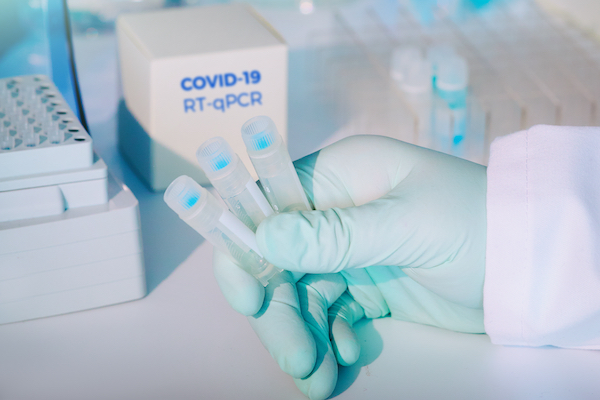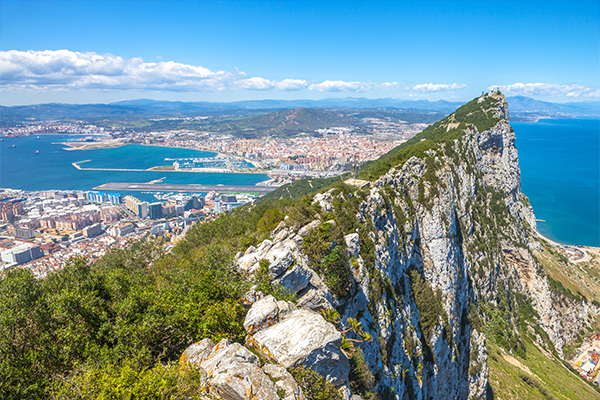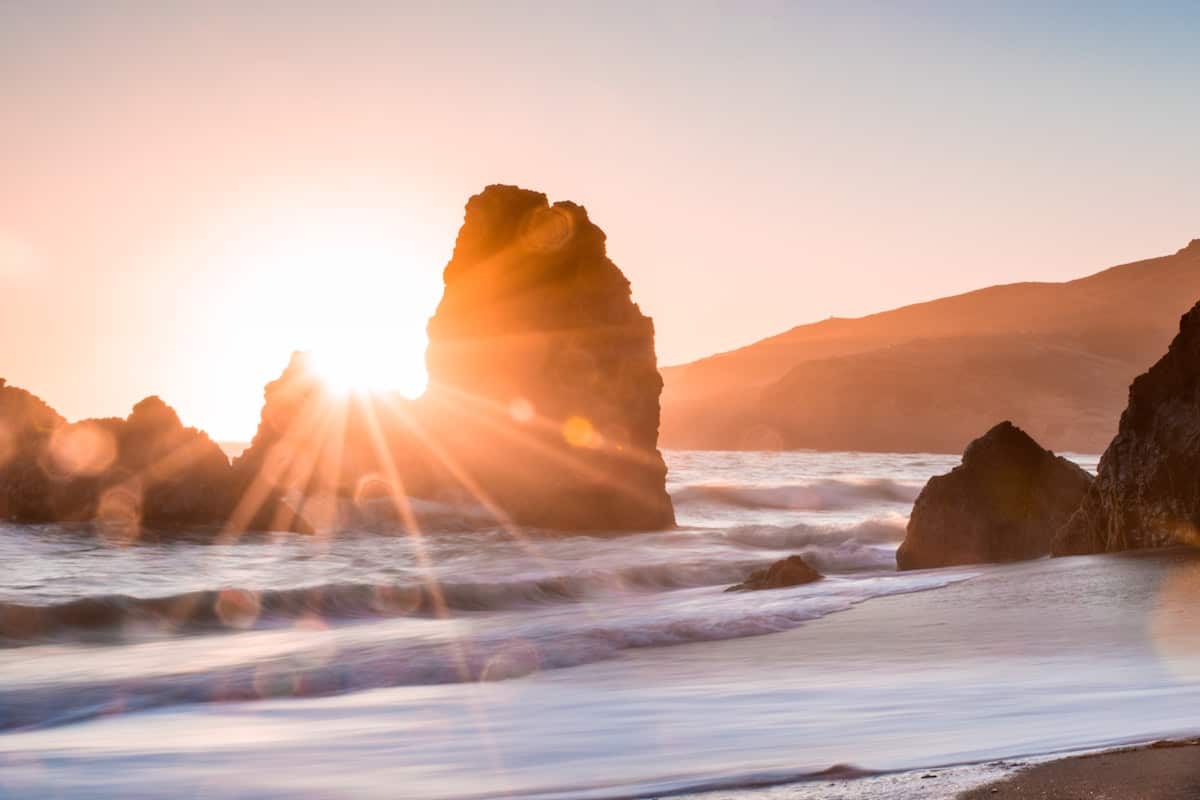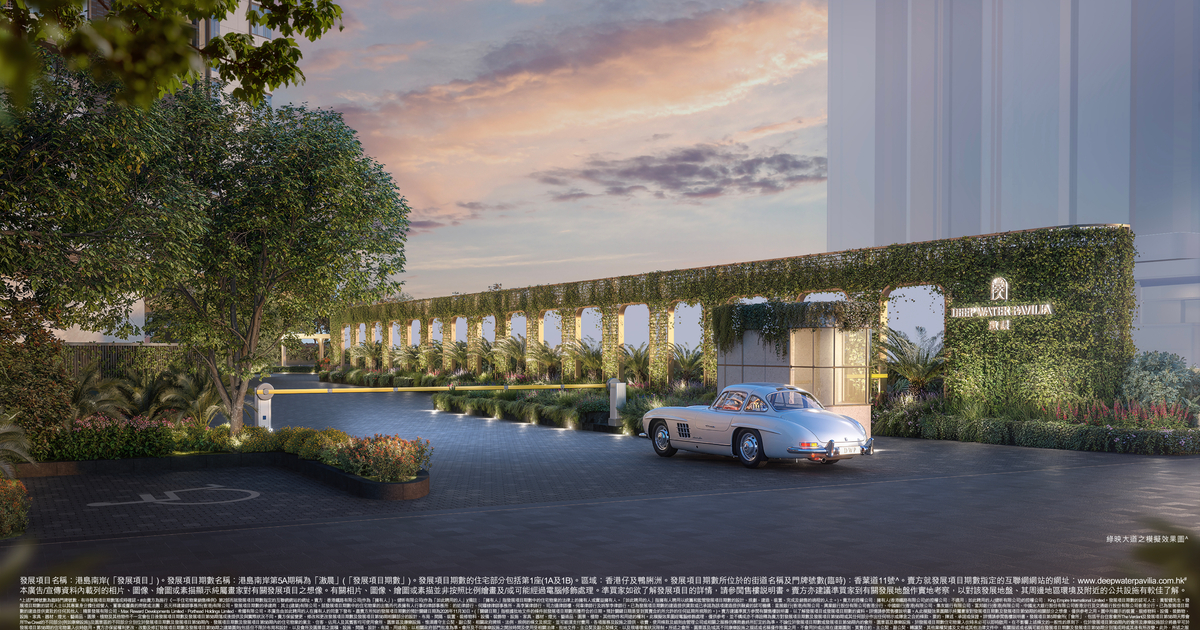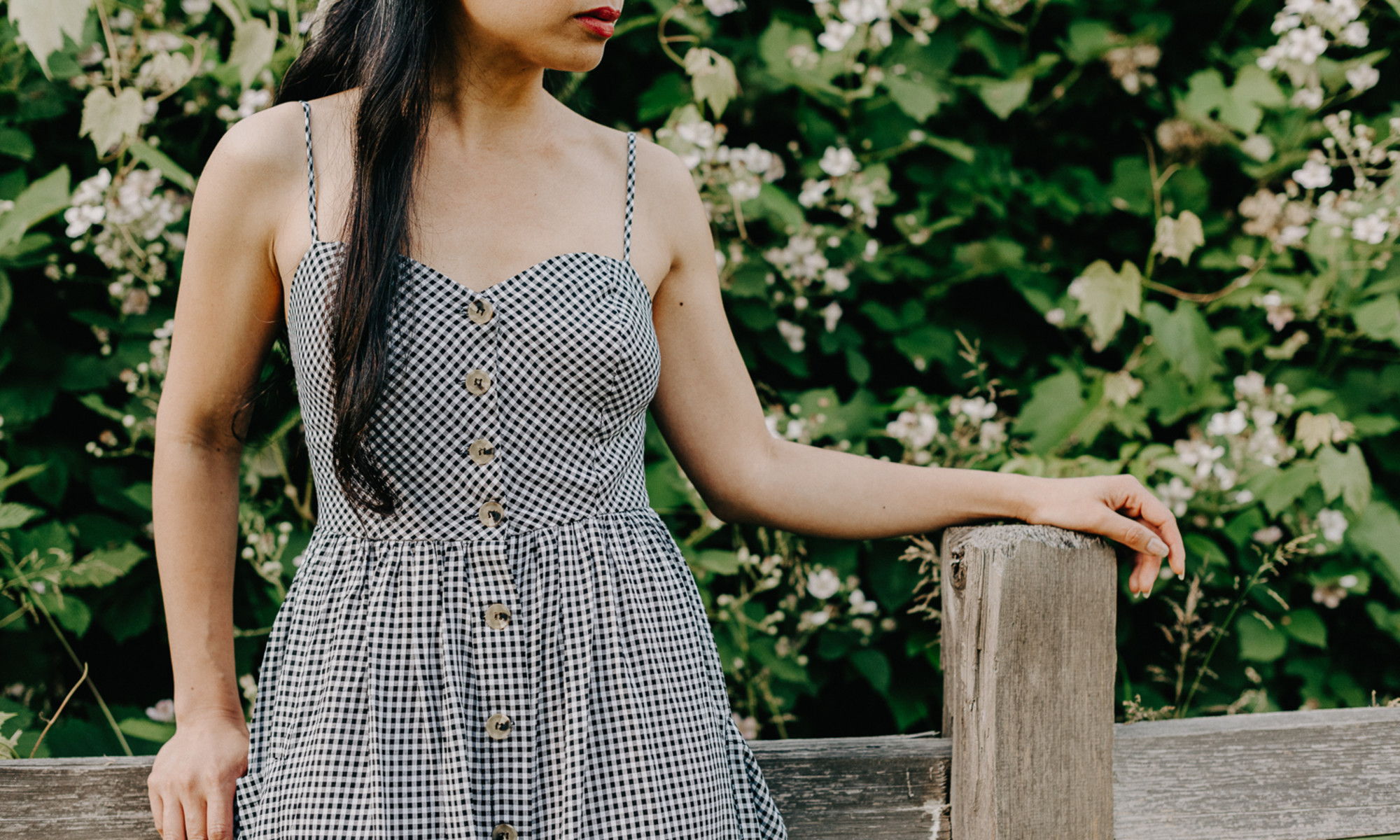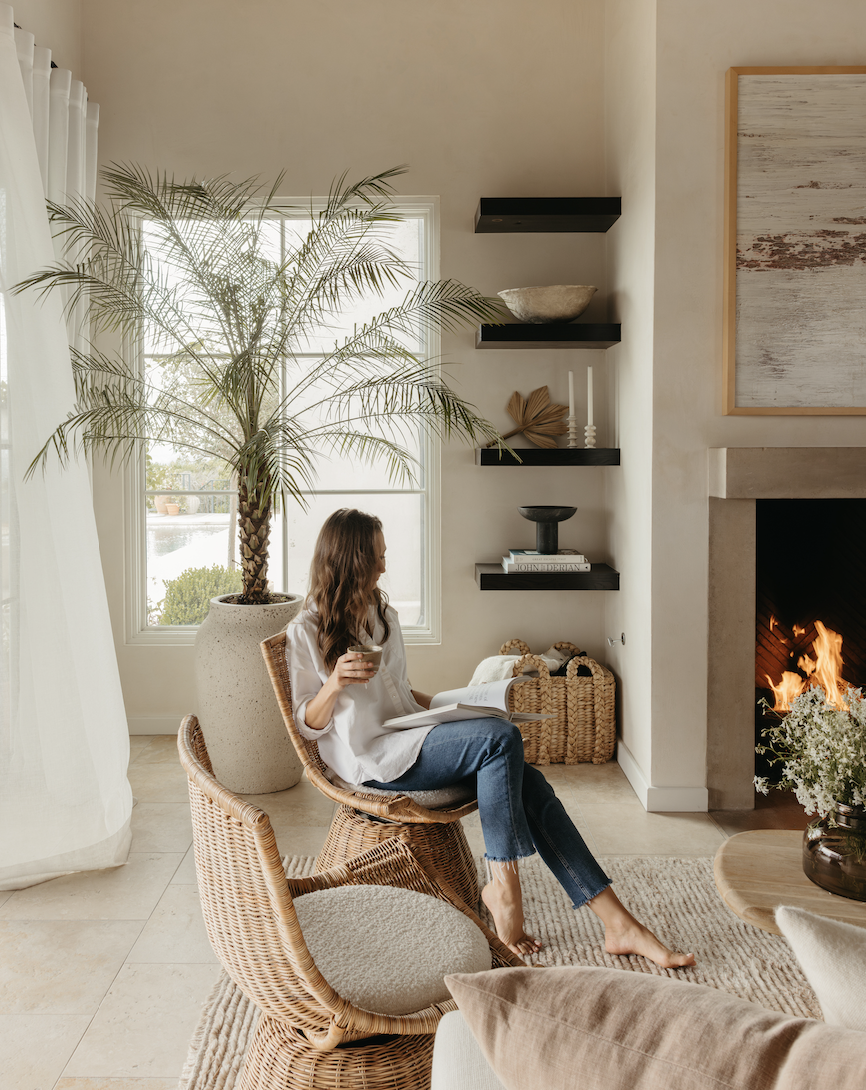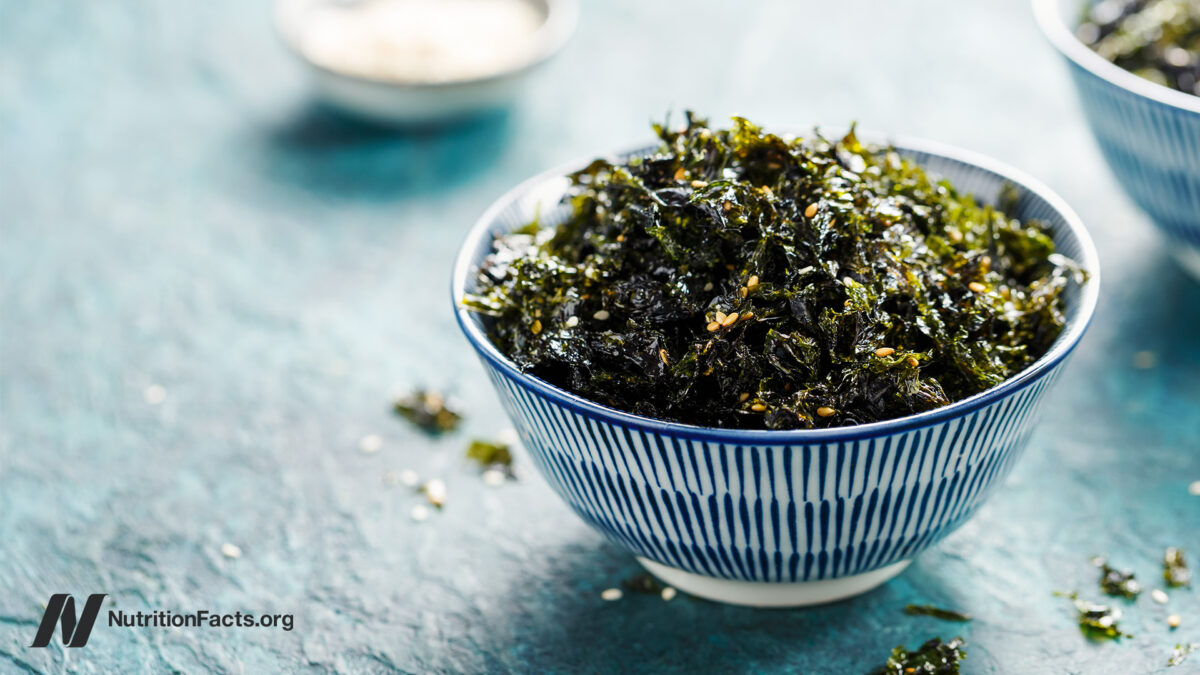Ultimate Guide to Saudi Vision 2030: The Best Mega Projects
Saudi Vision 2030 is a comprehensive strategic framework launched by the Kingdom of Saudi Arabia in 2016. This ambitious plan aims to transform the country into a modern and diversified economy by 2030, focusing on three primary themes: a...
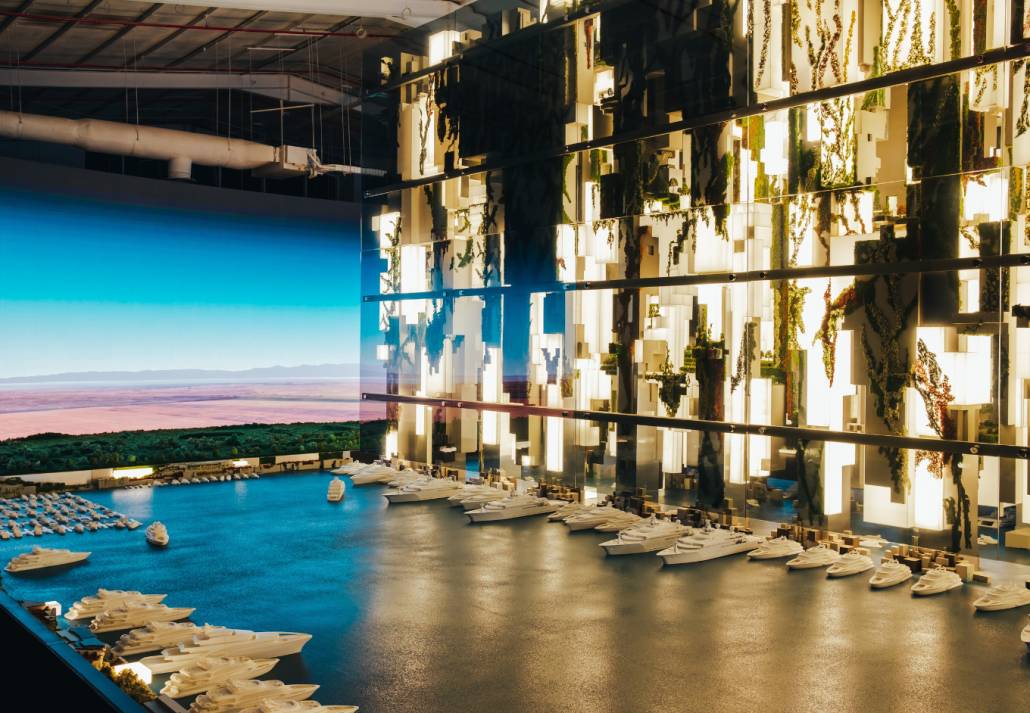
Saudi Vision 2030 is a comprehensive strategic framework launched by the Kingdom of Saudi Arabia in 2016. This ambitious plan aims to transform the country into a modern and diversified economy by 2030, focusing on three primary themes: a vibrant society, a thriving economy, and an ambitious nation.
From towering skyscrapers to sprawling entertainment complexes, Riyadh’s skyline is evolving rapidly, reflecting the kingdom’s vision for a prosperous and dynamic future.
Do you want to hear more about these megaprojects? If yes, this blog post will take a closer look at some of the top projects reshaping the landscape of Riyadh.
Saudi Vision 2030: Top Projects in Riyadh, Saudi Arabia
NEOM

Megaprojects in Saudi Arabia don’t get any more sci-fi than Neom. The Arabic term for future and the Greek word for new are combined in the name itself. Neom is situated to the north of the Red Sea coastline. Furthermore, with plans for flying taxis, an artificial moon, and glow-in-the-dark beaches, the development sounds like one of the most futuristic cities in the world.
The Line and Oxagan are two other Neom projects. Meanwhile, the Line, a 170 km-long residential complex with no automobiles, streets, or carbon emissions, seeks to be the largest floating industrial complex in the world. And if that wasn’t astounding enough, The Line intends to construct Mirror Line, the longest skyscraper in the world. With two buildings reaching heights of up to 490 meters, the construction will span a record-breaking 121 km.
However, the project embodies Saudi Arabia’s commitment to diversifying its economy and embracing the opportunities of the digital age.
Xaynor: Beachfront Private Members’ Club by Neom
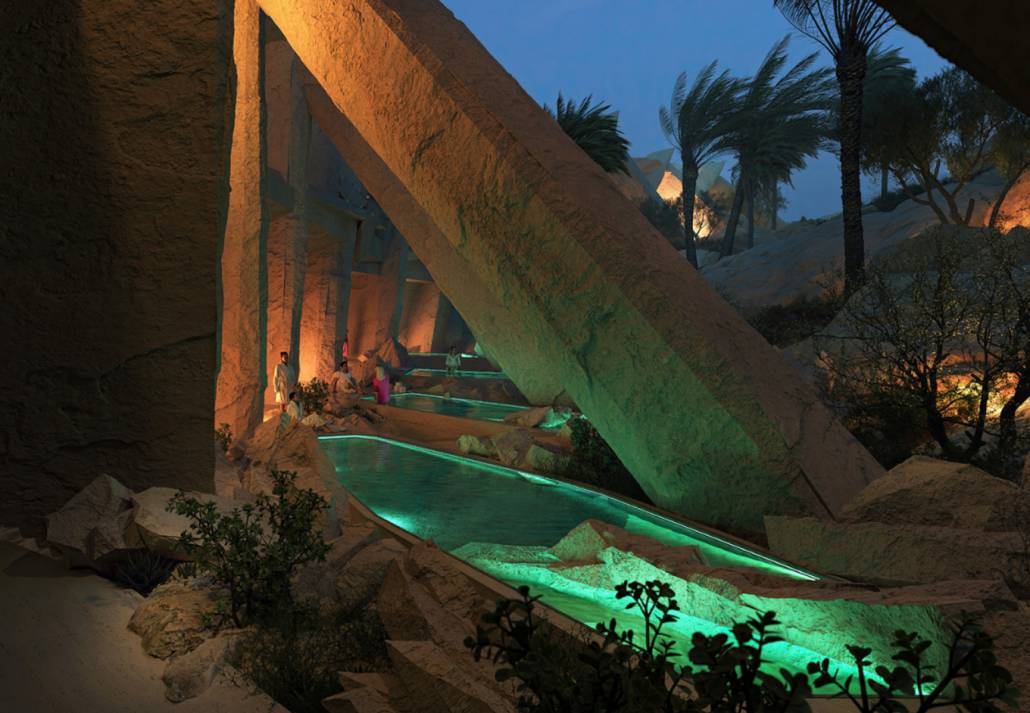 Photo Credit: Welcome Saudi
Photo Credit: Welcome SaudiXaynor is an exclusive beachfront private members’ club within the Neom project in Saudi Arabia. Situated along the picturesque coastline, Xaynor offers unparalleled luxury and amenities for its members. However, the most recent development in the changing northwest of Saudi Arabia is Xaynor.
This place offers comfort and luxury to a higher level, perfect for leisure, relaxation, entertainment, and conversation, thanks to its stunning architectural design and carefully chosen interior. Also, Xaynor provides a luxurious coastal retreat with private pools, beachside lounges, gourmet dining, a signature entertainment venue, and a world-class spa and wellness center.
Xaynor reflects Neom’s commitment to providing exceptional experiences and elevating the standard of living for its residents and visitors.
The Red Sea Project
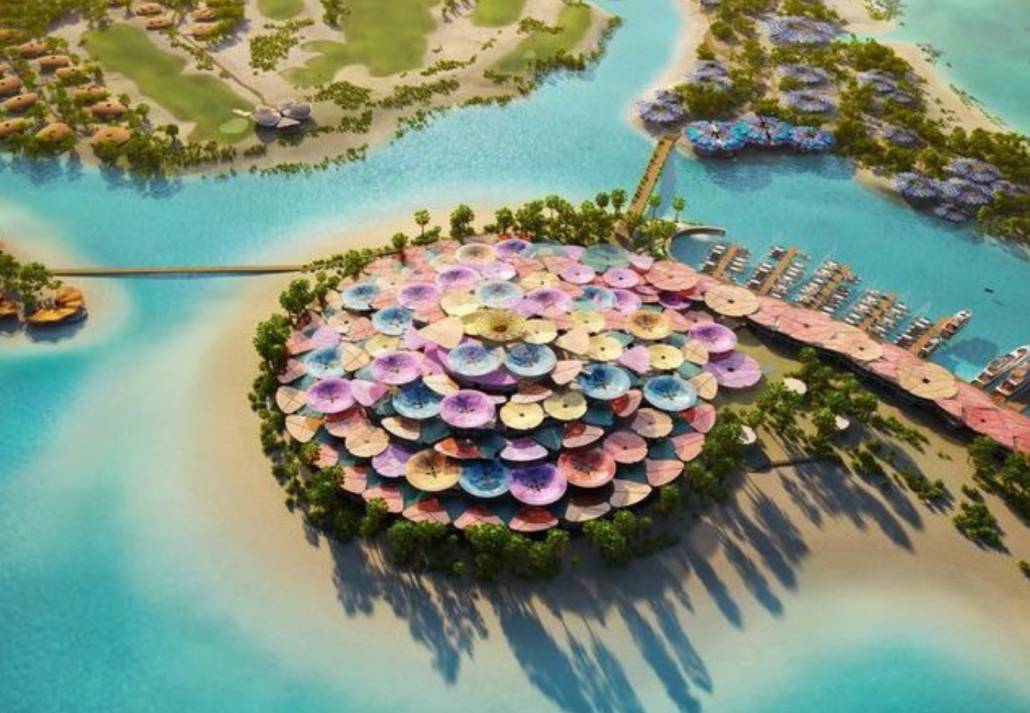 Photo Credit: Zam Zam
Photo Credit: Zam ZamRed Sea Global, owned by Saudi PIF, is launching a giga-project, previously known as the Red Sea Project, with the aim of setting new global standards in responsible development. The Red Sea, renowned as the world’s most sustainable luxury tourism destination, will offer eco-friendly luxury experiences despite a limited visitor population. The Red Sea Project aims to create upscale resorts, luxury hotels, and world-class amenities, attracting high-end travelers from around the globe.
The first phase has hotels, luxurious houses, logistical centers, and seaports. The massive Saudi project is expected to span 28,000 km and become a premier eco-luxury resort, encompassing beaches, mountains, deserts, islands, and even volcanoes. Zero waste-to-landfill and single-use plastic are planned, along with complete carbon neutrality.
The Red Sea will have an international airport and entertainment, leisure, and wellness centers. It will also feature 8,000 hotel rooms across 22 islands and six inland locations.
King Abdullah Financial District (KAFD)
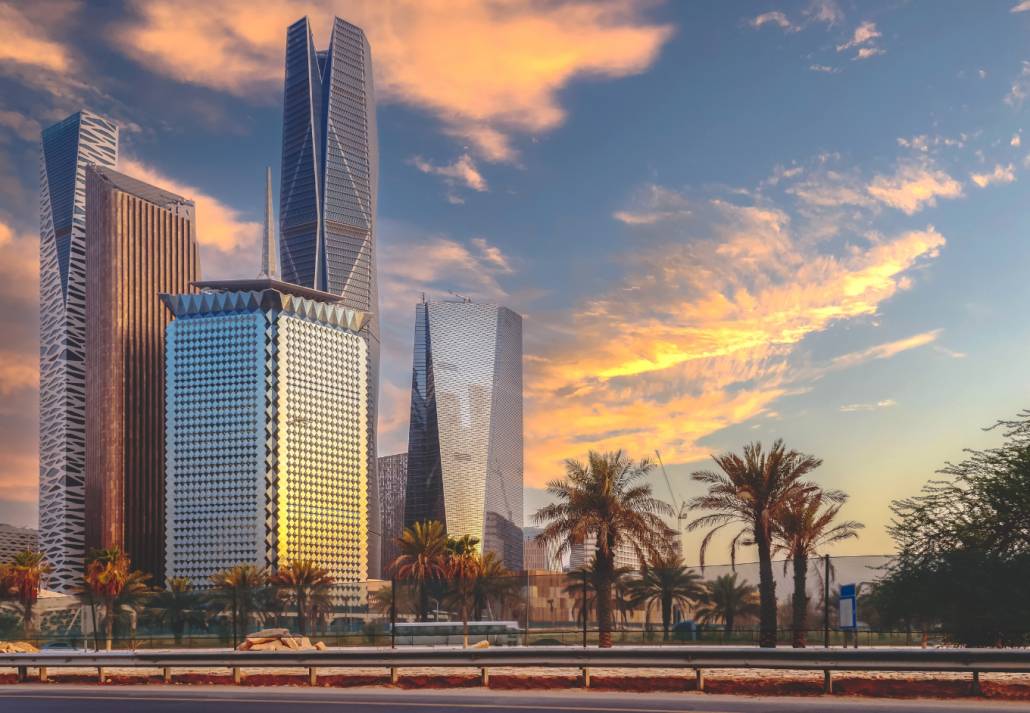
The King Abdullah Financial District (KAFD) is a prominent urban development project in Riyadh. KAFD is the largest mixed-use financial district in the region and Saudi’s prime financial hub, designed to bring to life the Kingdom’s vision of a sustainable financial center. Riyadh’s new metro will run here, too, with the metro station designed by renowned architect Zaha Hadid.
Built to realize the Kingdom’s goal of a sustainable financial center, KAFD is the largest mixed-use financial district in the region and Saudi Arabia’s premier economic hub. Riyadh’s upcoming metro will also serve this location, which features a station built by renowned architect Zaha Hadid.
The district has 59 skyscrapers with offices for several of the top companies in the nation, including PIF, Samba Bank, and Tadawul, the Saudi stock exchange. It also has public areas, shops, offices, 12,000 residential units, and an automated monorail.
Riyadh Metro Project
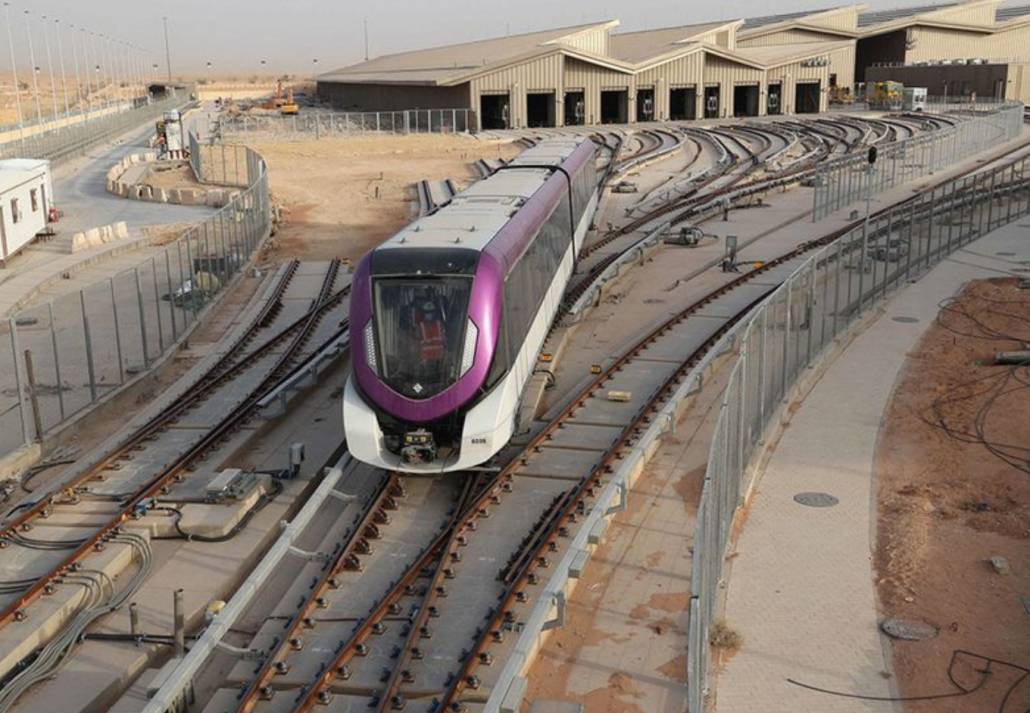 Photo Credit: Gulf News
Photo Credit: Gulf NewsThe expansive Riyadh Metro Project aims to transform urban transportation in Saudi Arabia’s capital completely. The 176 km of railway lines that Riyadh Metro will cover, comprising 84 stations and six lines, are 40% underground and are used by driverless electric trains. With 90% of trips using vehicles, the new subway will be essential in reducing traffic in Riyadh.
Who are those lines, then? Currently, Qasr Al Hokm, King Abdullah Financial District, and Western Station are among the stations that will be part of the six lines that make up Riyadh Metro.
Ali, the local man, says, “The Riyadh Metro has revolutionized transportation in the city. As a resident, I can’t praise it enough for its efficiency, cleanliness, and convenience. It’s a game-changer for reducing traffic congestion and improving connectivity. Kudos to the Riyadh Metro team for this remarkable achievement!”
King Salman Park
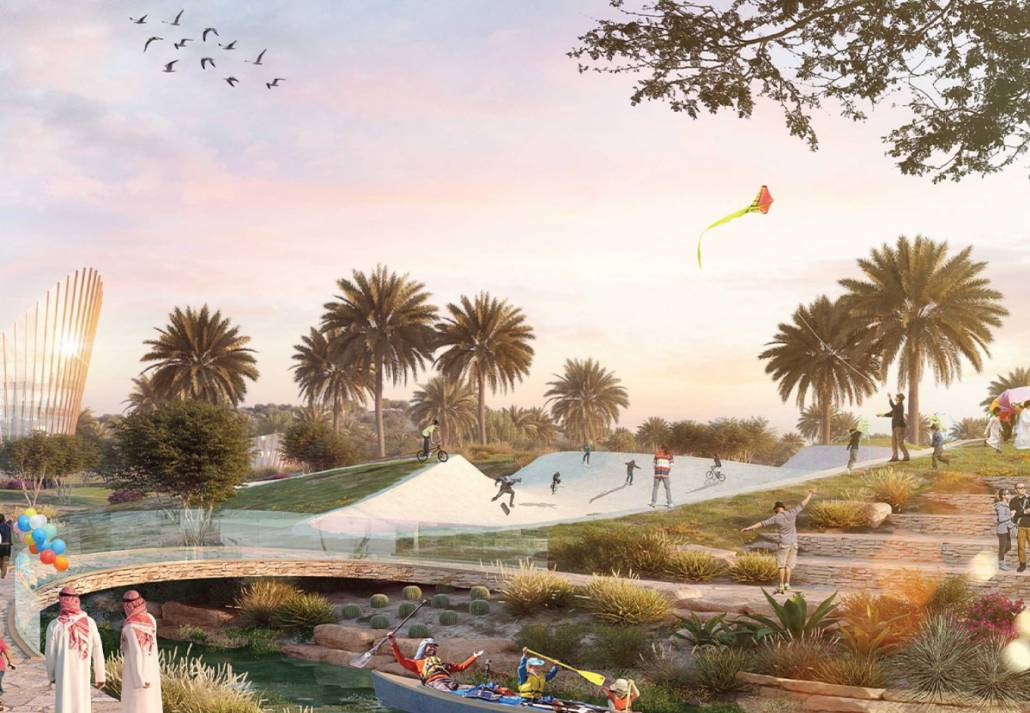 Photo Credit: Time Out Riyadh
Photo Credit: Time Out RiyadhKing Salman Park is a landmark project in Riyadh, Saudi Arabia, set to become one of the world’s largest urban parks upon its completion. Designed to be the center of art and culture in Riyadh, King Salman Park will occupy a 13.3 square kilometer area on the former site of an airport. It is expected to be the world’s largest urban park, four times larger than Central Park in New York City.
Highlights of the park include a butterfly conservatory, a labyrinth, vertical gardens with an Islamic theme, and a circular promenade. In addition to seven museums, movie theaters, libraries, and art academies, the park will function as an arts venue.
One of King Salman Park’s key highlights is its emphasis on sustainability and environmental conservation. The park will incorporate innovative green technologies, such as water recycling systems, solar-powered lighting, and native plant landscaping, to minimize its ecological footprint and preserve natural resources.
Green Riyadh
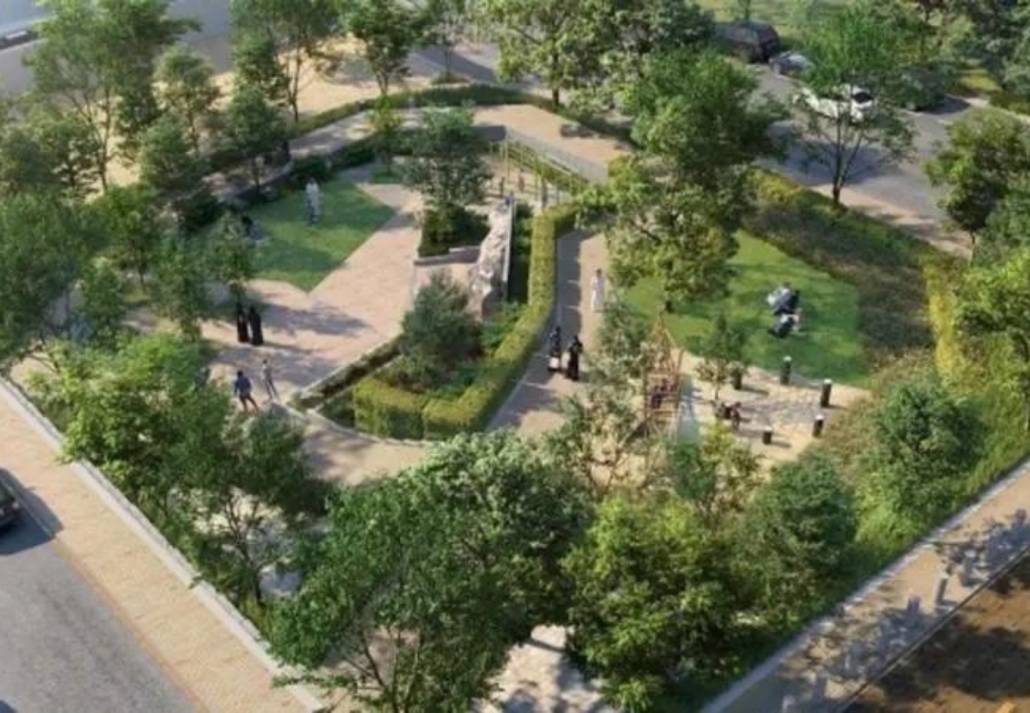 Photo Credit: Alarabiya
Photo Credit: AlarabiyaKing Salman Bin Abdulaziz announced the massive Green Riyadh program, which aims to place Riyadh among the world’s top 100 most livable cities. The effort will increase the city’s overall green covering from 1.5% to 9% and extend green space 16 times over in 2019. The program’s goals are to make Riyadh one of the most livable cities in the world by boosting eco-friendly behaviors, enhancing green areas, and enhancing air quality.
Planting 7.5 million trees throughout the capital, including 120 residential neighborhoods, 3,330 community gardens, 43 parks, 9,000 mosques, 6,000 schools, and 390 healthcare facilities, is making this project—one of the world’s most significant integrated and comprehensive urban afforestation initiatives. The development will be maintained with recycled water, reducing temperatures and improving air quality.
The initiative seeks to create a more resilient and prosperous future for Riyadh and its inhabitants by investing in green infrastructure and promoting environmentally friendly practices.
Al Widyan
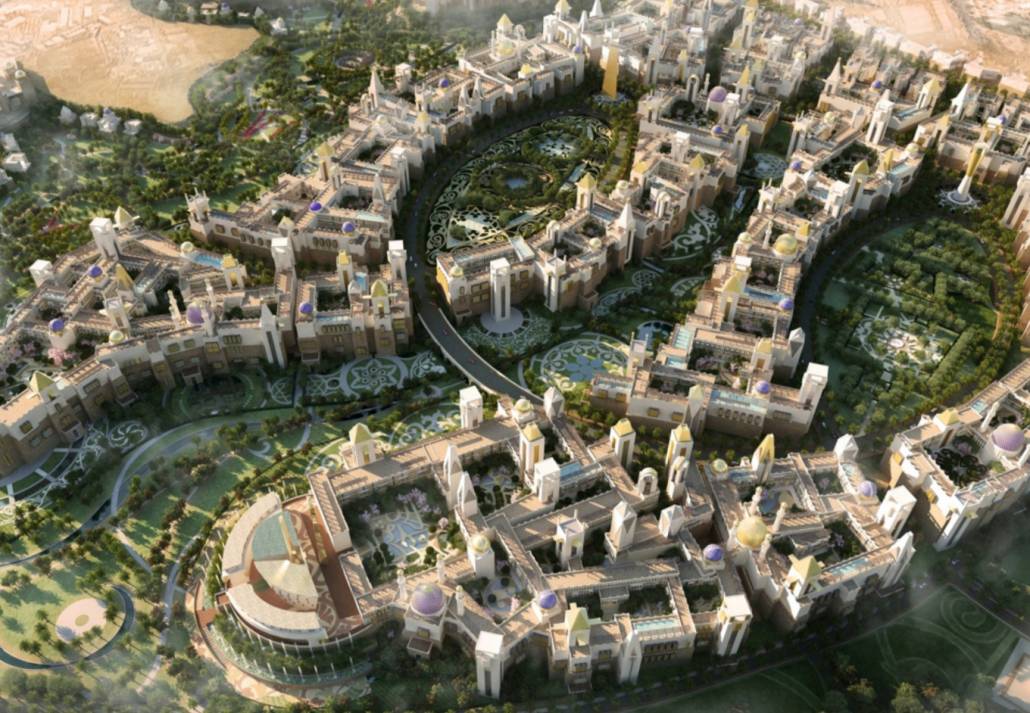 Photo Credit: Fact Riyadh
Photo Credit: Fact RiyadhNorth of Riyadh lies Al Widyan, dubbed a city within a city. It will be divided into 12 areas and cover seven million square meters. The project features residential neighborhoods, commercial districts, educational facilities, healthcare centers, and recreational amenities, all carefully integrated within a picturesque landscape of valleys and green spaces.
Moreover, it will include 20,000 new houses along with entertainment, educational, and recreational amenities to become the hip and sophisticated neighborhood of the capital. The best part is that it is more than half of the property.
With its emphasis on creating a high-quality living environment, Al Widyan seeks to attract residents, businesses, and visitors seeking a balanced lifestyle that combines modern conveniences with natural beauty. The project reflects Saudi Arabia’s commitment to urban development and economic diversification, positioning Riyadh as a dynamic and attractive destination for investment and growth.
“Every aspect is thoughtfully planned, from its innovative design to its focus on sustainability, says Elliot, a traveler. As someone considering a move to Riyadh, I’m impressed by the range of amenities and the promise of a modern, inclusive lifestyle in Al Widyan.”
Diriyah Gate
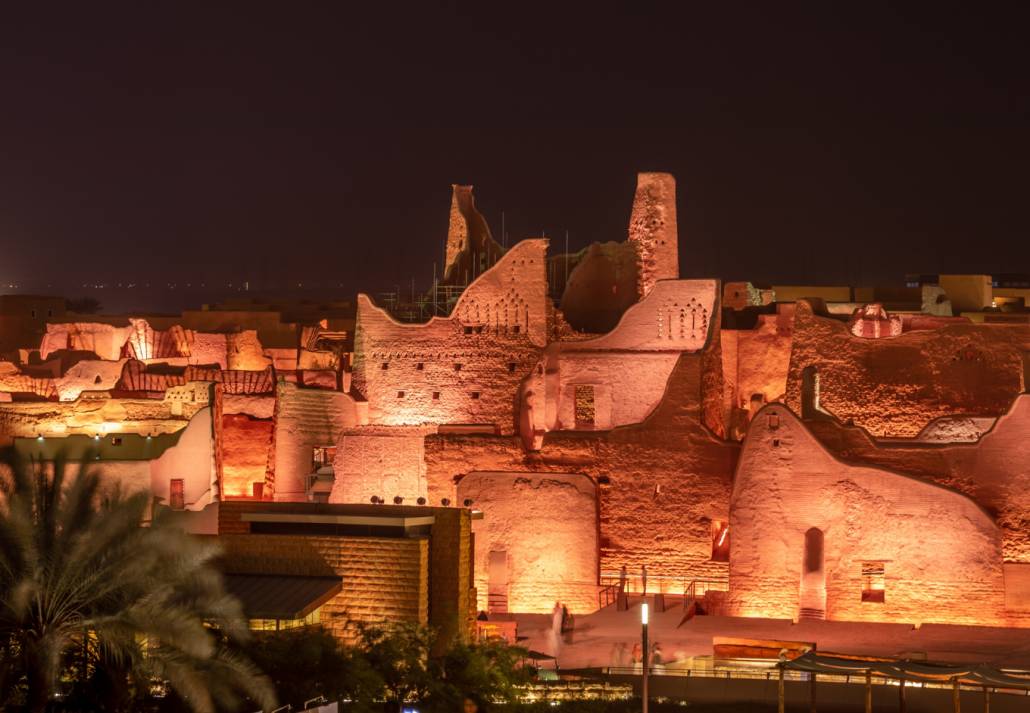
The Diriyah Gate Development Authority, PIF’s fifth giga-project, is turning the Arabian Peninsula’s birthplace into the world’s most extensive cultural and historical destination. It encompasses the UNESCO World Heritage Site of Diriyah, which holds immense cultural and historical significance as the birthplace of the first Saudi state and the ancestral home of the ruling Al Saud family.
Nevertheless, Diriyah will showcase the Turaif District’s cultural landscape, offer entertainment, dining, shopping, and over 30 luxury hotels, including Armani and Anantara, and feature an arts district, galleries, and museums.
The project aims to establish a unique neighborhood that maintains heritage, mimics traditional urban form, and enhances the natural environment for managed use, drawing influence from the At Turaif surroundings.
The eastern district developed with critical assets, including an Arena, Opera House, Convention Centre, Museum of Contemporary Art, Grand Mosque, and Innovation Cluster. A wide avenue connecting the site to King Saud University runs through it.
Frequently Asked Questions
What is Saudi Arabia Vision 2030?
Vision 2030 Saudi Arabia is a strategic framework aimed at reducing Saudi Arabia’s dependence on oil, diversifying its economy, and developing public service sectors such as health, education, infrastructure, recreation, and tourism.
What are the key goals of Saudi Arabia mega projects?
Key goals include diversifying the economy, increasing non-oil revenue, boosting tourism, developing infrastructure, and enhancing the quality of life for citizens.
How does Saudi 2030 plan to diversify the economy?
By promoting sectors such as mining, logistics, manufacturing, and renewable energy, and by attracting foreign investment.
What is the biggest city in Saudi Arabia?
The biggest city in Saudi Arabia is Riyadh, which is also the capital city.
What is the Saudi Arabia mega city?
The most well-known mega city project in Saudi Arabia is NEOM, a planned cross-border city in the Tabuk Province of northwestern Saudi Arabia.
What are the mega projects in Saudi?
The following are mega projects in Saudi Arabia:
King Abdullah Financial District
Al faisaliyah center
King Abdulaziz International Airport
AlUla, World’s largest living museum

 ShanonG
ShanonG 









